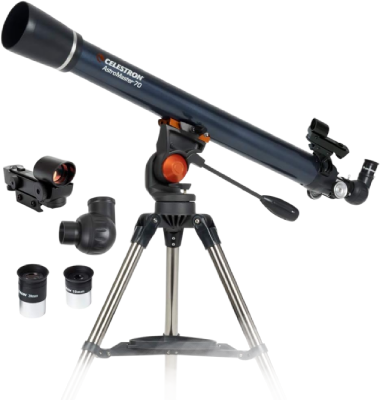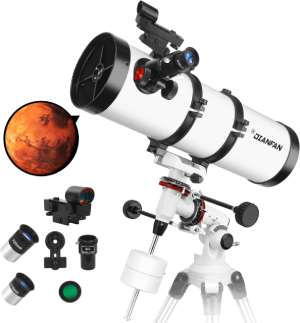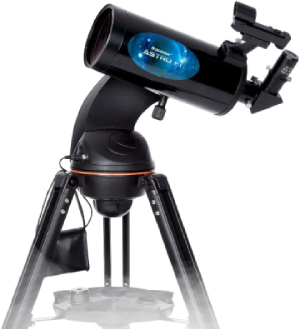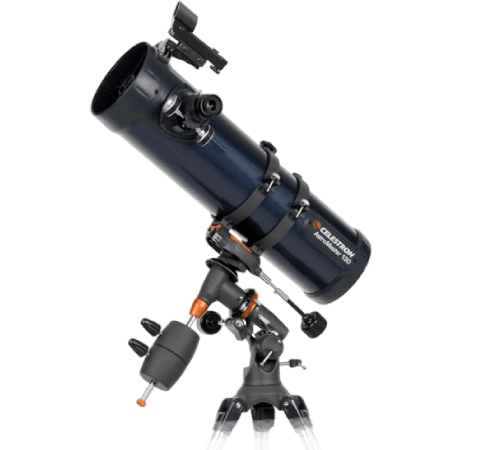If you're curious about exploring the night sky without dealing with complicated manual adjustments, the Celestron Astro Fi 102-Astro is an excellent choice. This smart telescope brings celestial observation to your fingertips—literally. Using your smartphone or tablet as a controller, you can effortlessly locate and track celestial bodies.

Whether you're interested in viewing the Moon’s craters, Saturn’s rings, or Jupiter’s Galilean moons, this 102mm Maksutov-Cassegrain telescope delivers sharp images while keeping setup and navigation stress-free. It’s perfect for beginners, families, and even experienced users looking for a portable, app-controlled telescope.
Product Features & Buying Considerations
📱 Wireless Control with Celestron SkyPortal App
The standout feature of the Astro Fi 102-Astro is its WiFi capability. Forget manual knobs—simply use your device to align, navigate, and observe your favorite objects. This makes it ideal for those who want to enjoy astronomy without a steep learning curve.🔭 Optical Performance: 102mm Maksutov-Cassegrain
This telescope offers a 1325mm focal length with a 102mm aperture, providing clear views of the Moon, planets, and bright deep-sky objects. The Maksutov-Cassegrain design ensures compact size without sacrificing clarity.🧠 Computerized Alt-Azimuth Mount
It comes with a fully automated mount that aligns itself using GPS and star pattern recognition. Once aligned, it can automatically track over 120,000 celestial objects.💼 Portable and Tool-Free Assembly
Weighing around 10 lbs, this telescope is easily transportable. It assembles in minutes and doesn’t require tools—perfect for impromptu stargazing trips or camping.💰 Price Point
Typically priced under $500, the Astro Fi 102-Astro balances performance with affordability. It’s less expensive than many high-end GoTo models but offers similar smart functionality.Who Should Buy the Astro Fi 102-Astro?
- 📱 Tech-savvy beginners who want app-based control
- 👨👩👧👦 Families looking for an educational activity
- 🌕 Lunar and planetary observers
- 🚙 Campers and travelers needing a compact telescope
- 🎁 Gift-givers searching for a wow-factor astronomy tool


